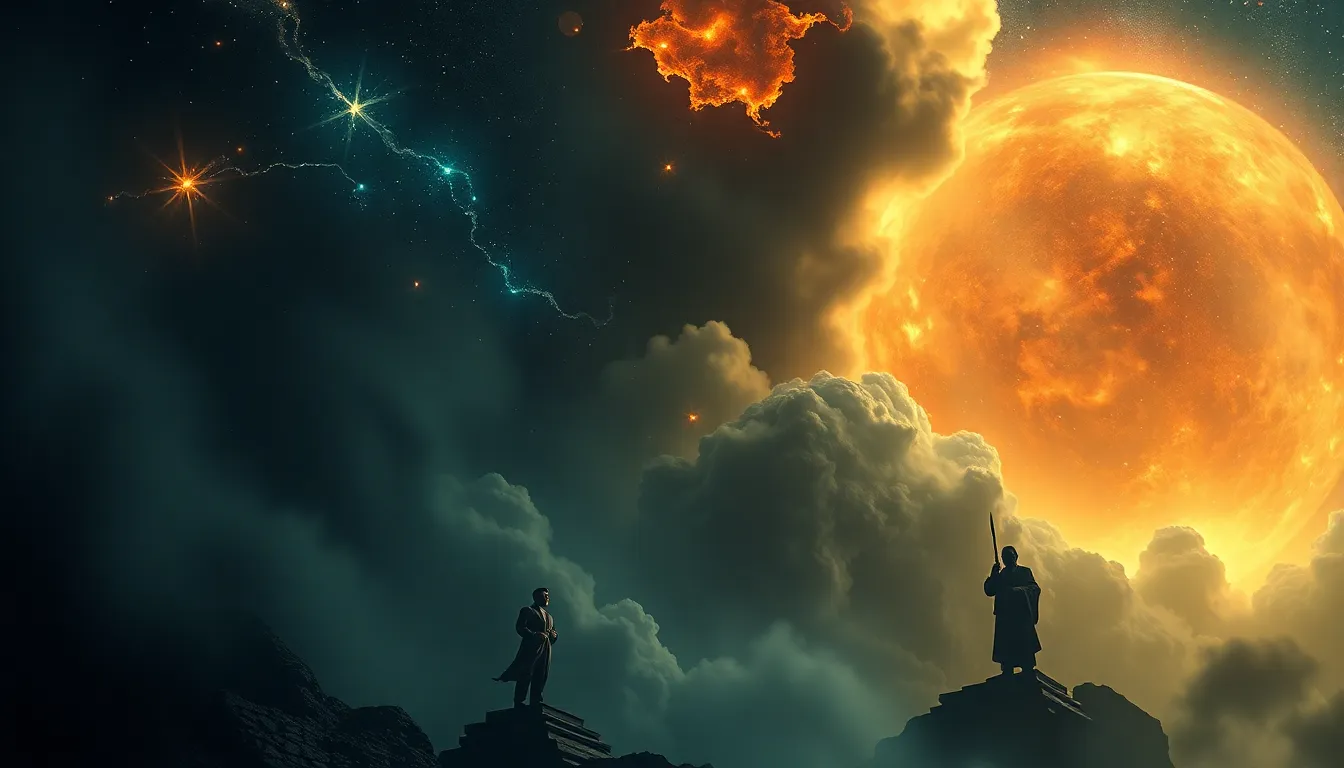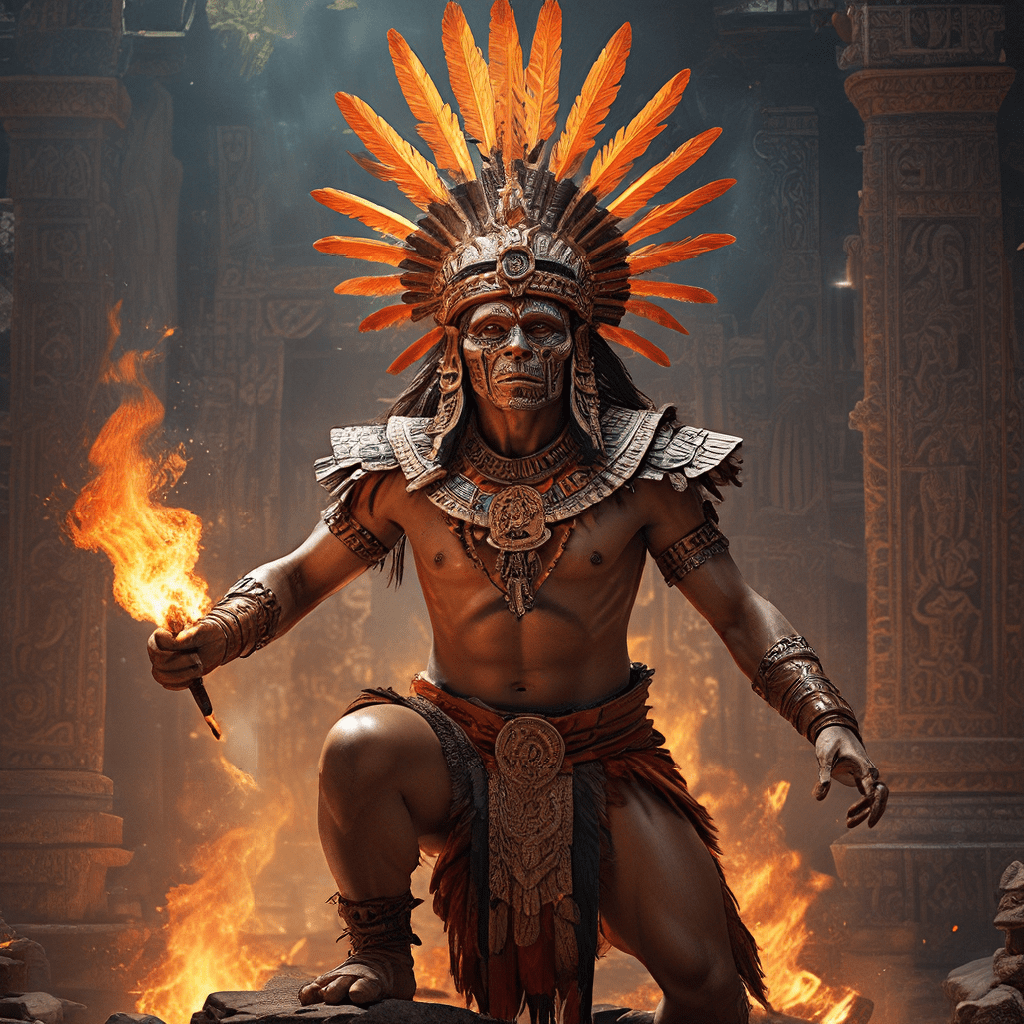I. Introduction
The Influence of Persian Mythology on Symbolism in Art
The rich and vibrant tapestry of Persian mythology has profoundly influenced art throughout history. Its symbols, woven into the very fabric of the culture, convey profound meanings and evoke timeless emotions. From the majestic Simurgh to the formidable dragon, these symbols transcend mere decoration, becoming powerful conduits of storytelling and cultural identity. This essay delves into the captivating world of Persian mythology, exploring its profound impact on symbolism in art.
II. Persian Mythology and Its Richness
Persian mythology boasts an unparalleled richness, spanning millennia and drawing inspiration from diverse sources. From the ancient Zoroastrian faith to the epic tales of Shahnameh, its narratives brim with captivating stories, mythical creatures, and profound philosophical themes. The duality of good and evil, the triumph of light over darkness, and the enduring human spirit are central to these tales, shaping a unique worldview that continues to resonate today.
III. Symbolism in Persian Art
Symbolism is deeply embedded in Persian art, serving as a visual language that conveys complex ideas and emotions. From intricate miniature paintings to majestic architectural motifs, symbols permeate every artistic expression. These symbols are not mere embellishments but profound embodiments of cultural values, beliefs, and aspirations. They invite viewers to engage in a deeper dialogue with the artwork, unveiling hidden meanings and sparking intellectual curiosity.
IV. The Simurgh: A Symbol of Transformation and Hope
The Simurgh, a benevolent mythical bird, embodies transformation, hope, and the potential for spiritual ascension. Often depicted as a feathered creature with a human face, the Simurgh symbolizes the journey of the soul towards enlightenment. Its presence in art inspires viewers to embrace challenges, overcome obstacles, and ultimately achieve personal growth. The Simurgh's transformative power resonates with the human yearning for self-improvement and the pursuit of a meaningful existence.
V. The Lion: A Symbol of Power and Majesty
The lion, revered as the "King of Beasts," symbolizes power, majesty, and courage in Persian art. Depicted with a regal bearing and a fierce countenance, the lion evokes a sense of awe and respect. Its presence in art often signifies authority, leadership, and the ability to overcome adversity. The lion's symbolic association with royalty and heroism further reinforces its image as a powerful guardian and protector.
VI. The Dragon: A Symbol of Fear and Destruction
In stark contrast to the benevolent Simurgh, the dragon occupies the realm of darkness and destruction in Persian mythology. Often depicted as a serpentine creature with multiple heads, the dragon embodies chaos, evil, and the forces of oppression. Its presence in art evokes a sense of fear and foreboding, reminding viewers of the constant struggle between good and evil. The dragon's menacing form serves as a cautionary tale against the destructive forces that can threaten harmony and




